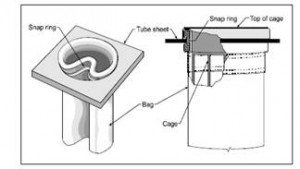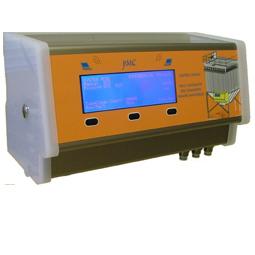Types of Baghouse Dust Collection Filters
Industrial Baghouse utilizes three different air filtration and dust collection systems: filter bag collectors, cartridge collectors, and cyclone collectors. Filter bag collectors use filter bags to capture and separate harmful particulates, dusts, and other contaminates. They are very versatile and easily be modified to fit almost any need. When properly maintained they are very durable. […]


